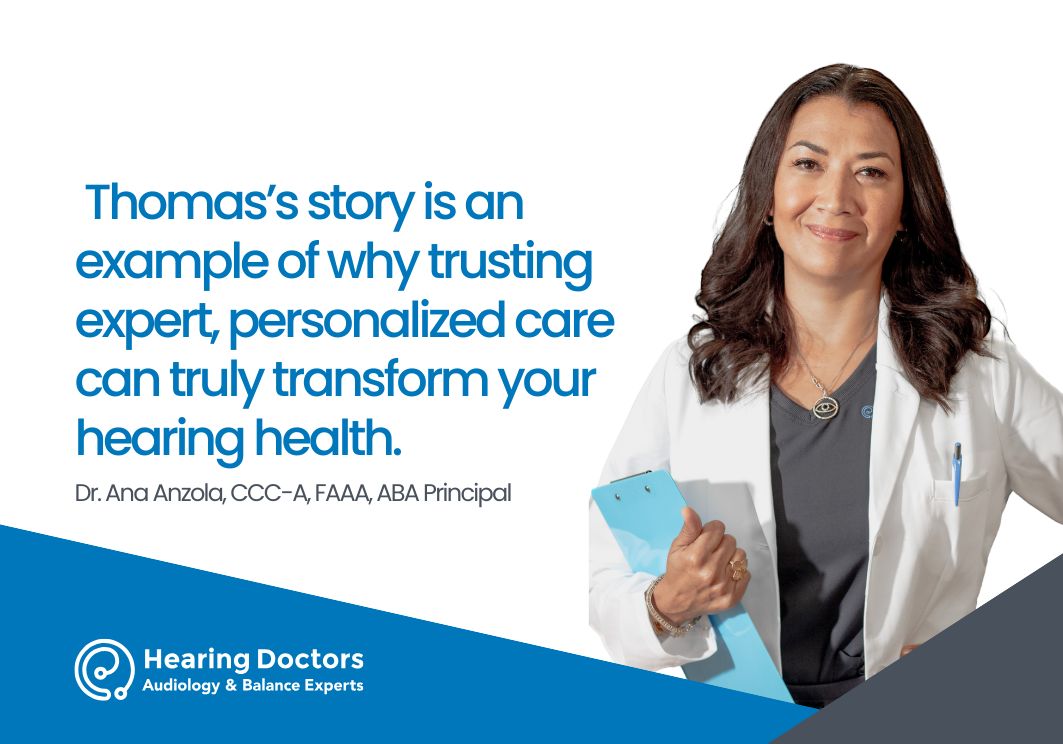Dr. Ana
Anzola, CCC-A, FAAA, ABA Principal
For years, smoke alarms have emitted tones at 3100 Hz, a fairly high frequency that is easily heard by those with normal hearing. But some people with hearing impairments may miss these signals because the sound falls outside the range of frequencies they can hear without hearing aids. People with high frequency hearing impairment are more likely to be awakened by lower frequency tones – somewhere around 520 Hz.
New Regulations For Fire Alarms
The National Fire Protection Agency (NFPA) revised the fire code mandating that smoke alarms now have lower frequency tones so they can be heard by a greater number of people.
More People Hear Low Frequency Sounds
Many studies have shown that while almost all adults with normal hearing will be woken up by a high frequency fire alarm, only half of adults with hearing impairment will be woken by the same alarm. The low frequency alarm wakes those with and without high-frequency hearing impairment. It is also better for waking children, and those who are under the effects of alcohol or sleep aids.
Alarms With Lights And Vibrating Devices
Smoke detectors that emit lower frequency sounds are not the only solution for those with hearing impairment. Some alarms flash strobe lights when they are set off, and others can be connected to vibrating devices that will shake the bed to wake those who may not hear the alarm.
Carbon Monoxide Detectors
The new NFPA codes also apply to carbon monoxide detectors. Starting in January of 2015, carbon monoxide detectors must also emit low frequency sounds so more people, including those with hearing impairments, can hear them. These alarms are also available with strobe lights and vibrating devices, making them ideal for people with all types of hearing impairments.
Fire and carbon monoxide emergencies can occur any time of the day or night. Keep your family safe by making sure you have a fire detection system that works best for all of you. Speak to your audiologist about which type of alerting devices are best suited for your needs – so you can sleep both safely and soundly.
Popular Blogs

Dec 8, 2025
Dr. Ana
Anzola, CCC-A, FAAA, ABA Principal
Why Thomas Trusts Hearing Doctors: “Having Doctors Behind the Recommendations Matters”

Oct 31, 2025
Dr. Ana
Anzola, CCC-A, FAAA, ABA Principal
Why Clear Hearing Matters Most During Holiday Gatherings

Sep 29, 2025
Dr. Ana
Anzola, CCC-A, FAAA, ABA Principal
What Is Presbycusis? Understanding Age-Related Hearing Loss

Aug 13, 2025
Dr. Ana
Anzola, CCC-A, FAAA, ABA Principal
Are Hearing Clinics Just Middlemen? Let’s Break It Down


